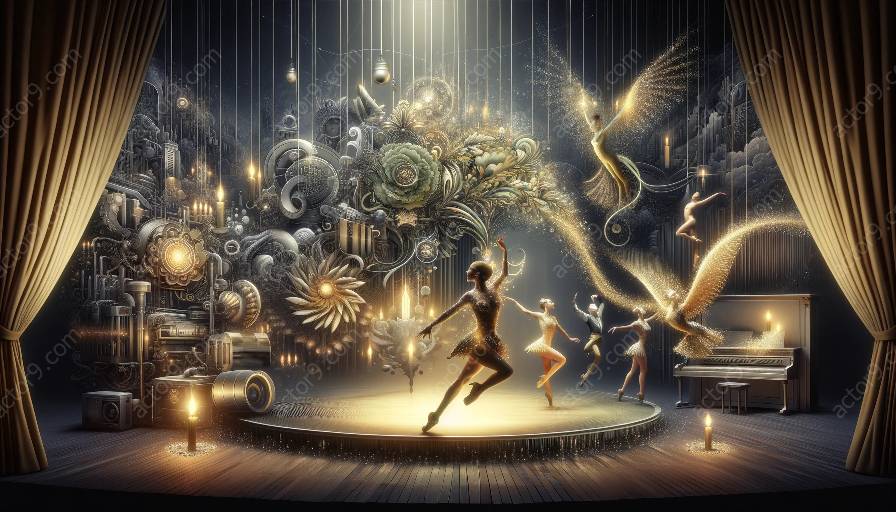The circus arts have always been a captivating and magical form of entertainment, with awe-inspiring acrobatics, daring stunts, and captivating performances. Over the years, technology has played a significant role in shaping and enhancing circus acts, opening up new possibilities for interactive elements and innovative experiences. This article explores the impact of technology on circus arts and how it is revolutionizing the way circus acts are presented and experienced.
Impact of Technology on Circus Arts
Technology has had a profound impact on the circus arts, transforming traditional performances and creating new opportunities for artistic expression. From advances in equipment and rigging to digital enhancements and interactive elements, technology is reshaping the circus landscape in exciting ways.
One of the most notable impacts of technology on circus arts is the integration of advanced lighting, sound, and special effects. These elements elevate the visual and auditory experience for audiences, creating immersive and mesmerizing spectacles. Additionally, advancements in costume design and materials have enabled performers to push the boundaries of their art, incorporating innovative features and enhancing their movements.
Moreover, technology has facilitated the development of state-of-the-art rigging systems and equipment, allowing performers to execute breathtaking aerial maneuvers and gravity-defying acts with enhanced safety and precision. These advancements have expanded the creative possibilities for choreography and set design, giving rise to more dynamic and visually stunning performances.
Furthermore, the use of projection mapping and digital imagery has opened up new avenues for storytelling and stage design in circus acts. By seamlessly blending physical and digital elements, performers can create captivating visual narratives and transform the performance space into a dynamic and interactive environment.
Expanding Interactive Elements in Circus Acts
With the integration of technology, circus acts have evolved to incorporate interactive elements that engage and thrill audiences in unprecedented ways. Interactive projection surfaces, motion-tracking systems, and augmented reality experiences are enabling performers to interact with digital elements in real time, blurring the line between physical performance and digital immersion.
For example, aerial artists may interact with responsive projection surfaces, creating mesmerizing visuals that react to their movements, adding an extra layer of sensory delight for the audience. Additionally, interactive props and set pieces equipped with sensors and actuators can enhance the interactivity of circus acts, allowing performers to manipulate their environment and orchestrate stunning visual effects.
Moreover, wearable technology has become a catalyst for revolutionizing circus acts, as performers incorporate motion sensors, LED costumes, and interactive wearables that respond to their movements and gestures. These technological enhancements not only elevate the visual spectacle but also create a deeper connection between performers and audiences, fostering a sense of wonder and participation.
Shaping the Future of Circus Arts
As technology continues to advance, the possibilities for interactive elements in circus acts are bound to expand further, offering new avenues for artistic innovation and audience engagement. From virtual reality experiences that transport spectators to imaginary worlds to interactive installations that invite participation and collaboration, the future of circus arts will be shaped by the seamless integration of technology and creativity.
Furthermore, the convergence of circus arts and technology presents exciting prospects for cross-disciplinary collaborations and groundbreaking artistic endeavors. Innovations in robotics, drones, and interactive installations can revolutionize the dynamics of circus performances, giving rise to unprecedented feats and experiences that defy conventional boundaries.
In conclusion, the impact of technology on circus arts is profound, as it paves the way for expanding possibilities for interactive elements in circus acts. By embracing technological innovations and creative experimentation, circus performers and creators are redefining the boundaries of their art and offering audiences immersive and unforgettable experiences that blend the marvels of technology with the timeless magic of the circus.


































